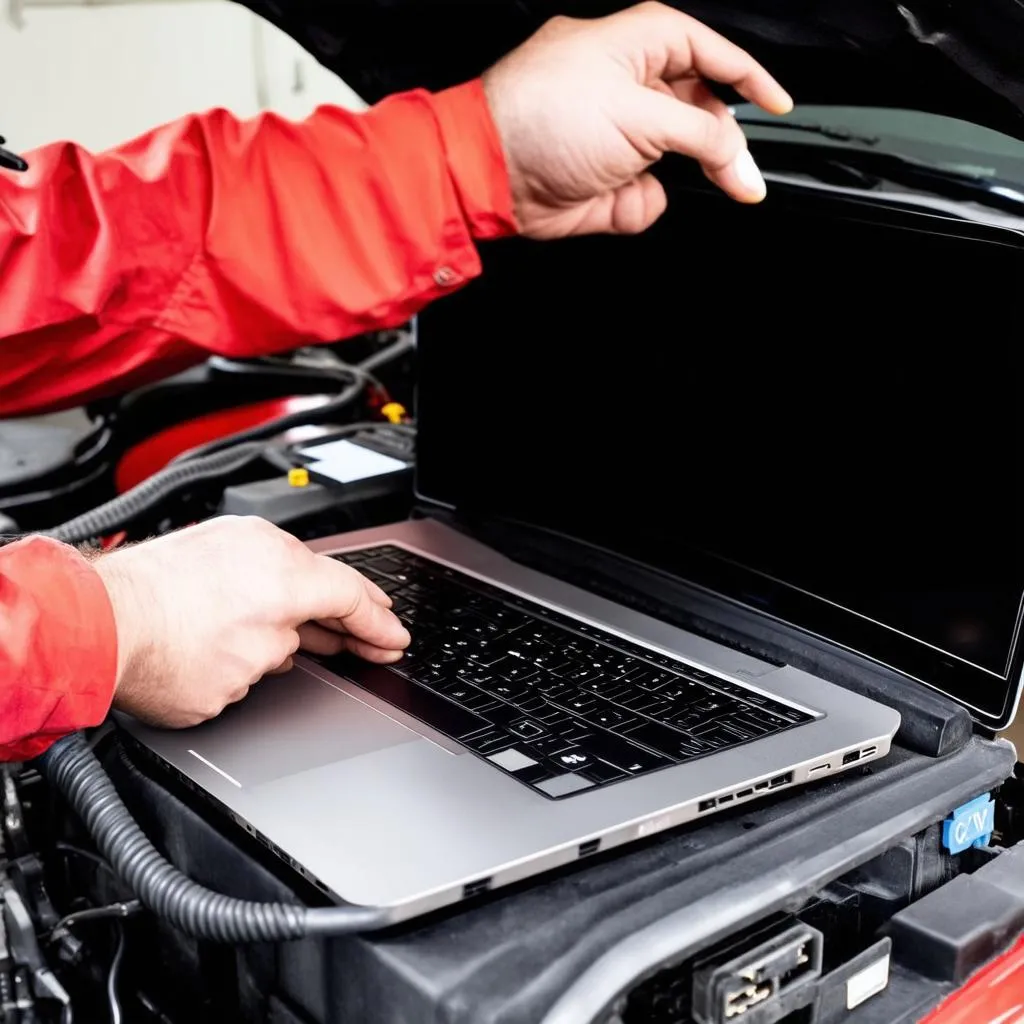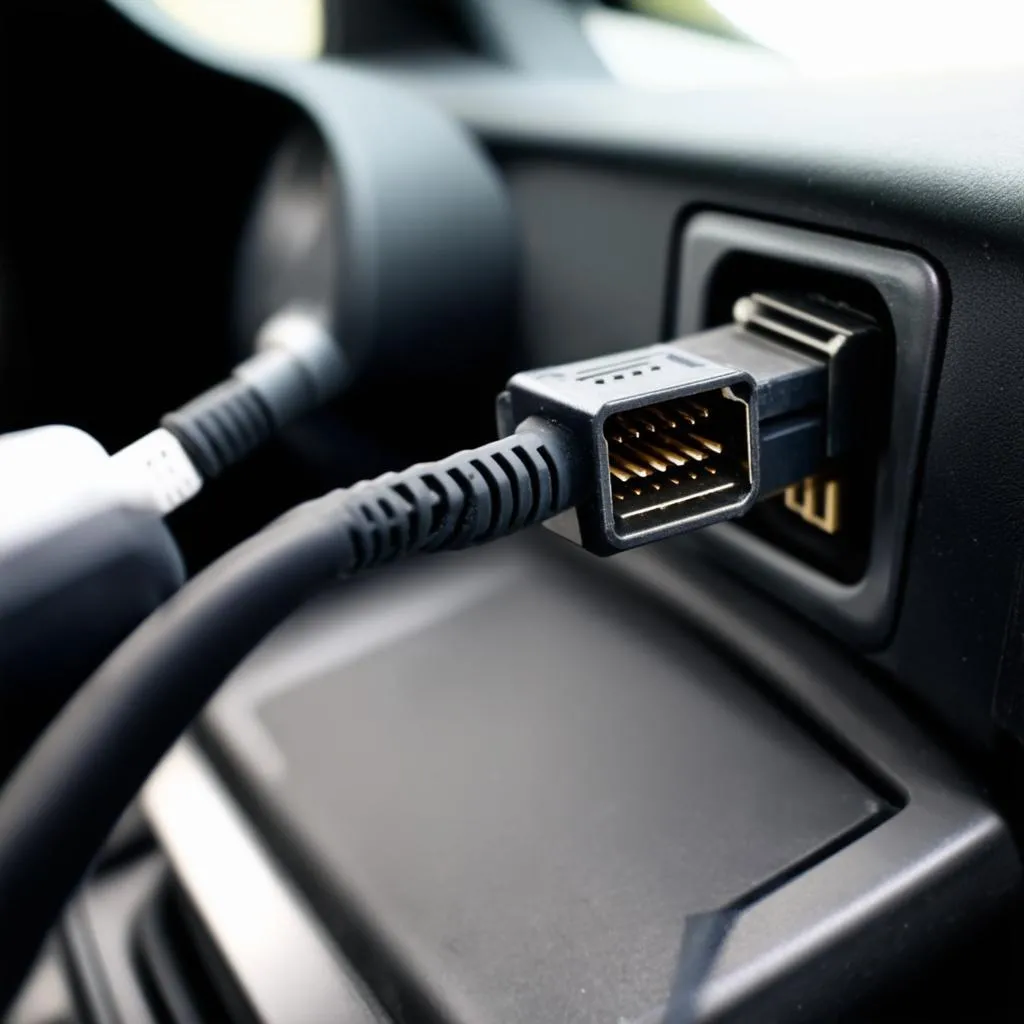Throttle body adaptation using VCDS (Vag-Com Diagnostic System) is a crucial procedure for maintaining optimal engine performance in Volkswagen, Audi, Seat, and Skoda vehicles. A properly adapted throttle body ensures smooth idling, accurate throttle response, and efficient fuel consumption. This guide provides a comprehensive understanding of throttle body adaptation with VCDS, covering common issues, troubleshooting steps, and the adaptation process itself.
What is throttle body adaptation, and why is it important? Over time, the throttle body can become dirty or its mechanical components can wear, affecting its ability to regulate airflow accurately. This can lead to rough idling, hesitation on acceleration, and reduced fuel efficiency. VCDS allows you to reset the throttle body to its factory settings, allowing the engine control unit (ECU) to relearn the throttle body’s position and optimize its performance. Similar to idle speed adjustment vcds, this procedure involves interacting with the vehicle’s ECU.
Understanding Throttle Body Issues
Several common symptoms indicate a need for throttle body adaptation. These include rough or fluctuating idle speed, poor throttle response, and even stalling. A diagnostic scan using VCDS can confirm if the throttle body is the source of the problem by identifying specific error codes related to the throttle position sensor or adaptation limits.
Common Causes of Throttle Body Problems
Various factors can contribute to throttle body issues, including carbon buildup, mechanical wear, and software glitches. Carbon buildup is a common culprit, restricting airflow and hindering the throttle plate’s movement. Regular cleaning can prevent this. Mechanical wear, although less frequent, can affect the throttle position sensor, leading to inaccurate readings.
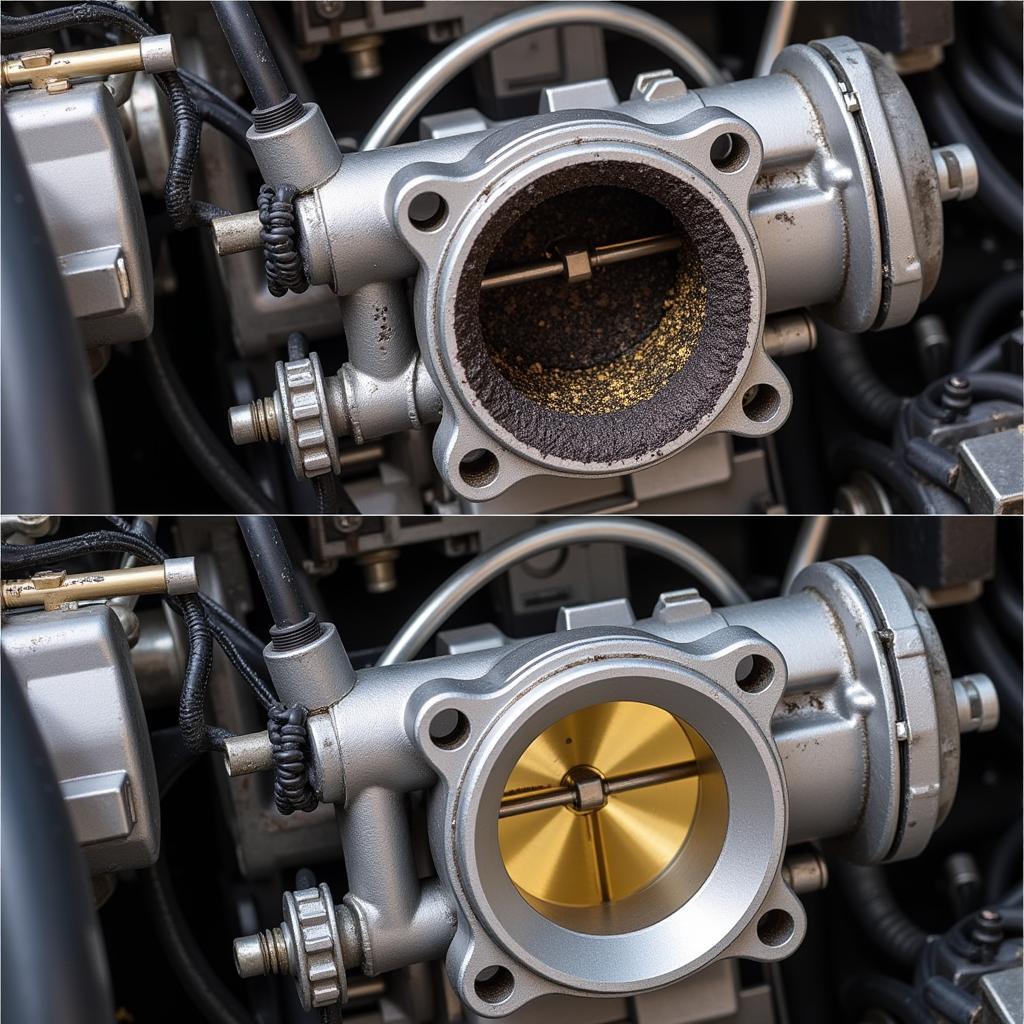 Throttle Body Carbon Buildup: Cleaning and Maintenance
Throttle Body Carbon Buildup: Cleaning and Maintenance
Performing Throttle Body Adaptation with VCDS
Before beginning the adaptation process, ensure your vehicle’s ignition is on but the engine is off. Connect your VCDS cable to the vehicle’s OBD-II port and launch the VCDS software. As with vcds kabel, ensure you have a genuine cable for optimal performance.
Step-by-Step Adaptation Procedure
- Select “Select Control Module.”
- Choose “01-Engine.”
- Go to “Basic Settings” – 04.
- Select “Group 060” or “Group 098” depending on your specific vehicle model. Refer to your vehicle’s service manual for the correct group number.
- Click “Go!”
- Observe the adaptation process. VCDS will display the status of the adaptation.
- Once complete, click “Done, Go Back.”
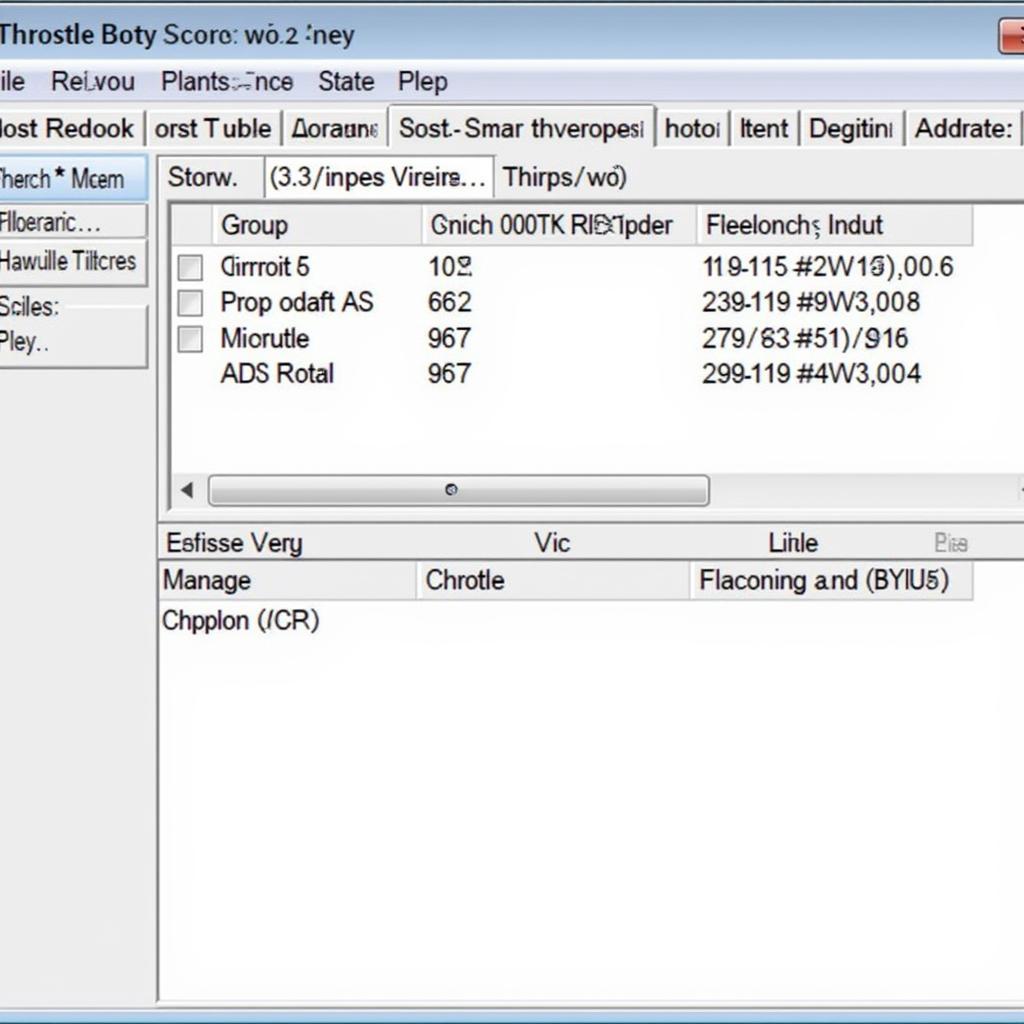 VCDS Software Showing Throttle Body Adaptation Process
VCDS Software Showing Throttle Body Adaptation Process
This procedure is similar to other adaptations you can perform with VCDS, such as is vcds free for throttle body.
Troubleshooting Adaptation Issues
Sometimes, the adaptation process may not complete successfully. This could be due to underlying mechanical issues, a faulty throttle position sensor, or issues with the free vcds version you might be using. If the adaptation fails, check for any fault codes in the engine control module and address them accordingly. A thorough inspection of the throttle body and its related components is recommended. If you’re unsure about using VCDS, understanding can i use vcds offline might be helpful for some scenarios.
Maintaining a Healthy Throttle Body
Regular maintenance can prevent throttle body issues. Cleaning the throttle body every 50,000 miles is a good preventative measure. Use a dedicated throttle body cleaner and follow the manufacturer’s instructions.
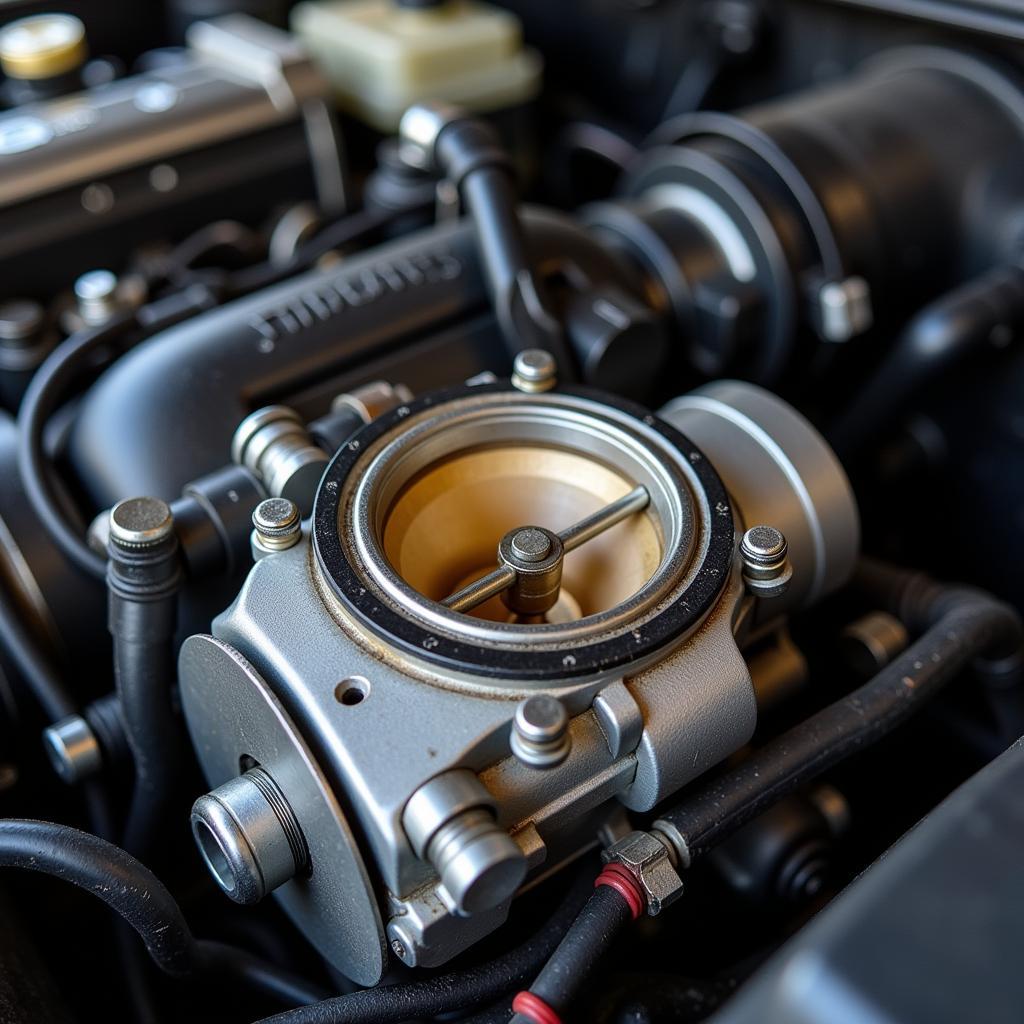 Clean Throttle Body for Optimal Engine Performance
Clean Throttle Body for Optimal Engine Performance
Conclusion
Throttle body adaptation with VCDS is a valuable procedure for restoring optimal engine performance. By understanding the process and addressing underlying issues, you can ensure smooth idling, responsive acceleration, and efficient fuel consumption. Regular maintenance can prevent future problems and keep your vehicle running smoothly.
FAQ
- How often should I perform throttle body adaptation? Typically, adaptation is necessary after cleaning the throttle body or replacing related components.
- What if the adaptation fails? Check for fault codes and address any underlying mechanical or electrical issues.
- Can I damage my car by performing this procedure incorrectly? Following the correct procedure minimizes risks, but incorrect execution can potentially cause issues.
- Do I need any special tools besides VCDS? No, only the VCDS software and cable are required.
- What are the benefits of a properly adapted throttle body? Improved idle stability, throttle response, and fuel efficiency.
- Can I use a generic OBD-II scanner for this procedure? No, VCDS is specifically designed for VAG vehicles and offers the necessary functions.
- Is throttle body adaptation a DIY procedure? Yes, with basic mechanical skills and a VCDS system, it can be performed by car owners.
John Smith, a seasoned automotive technician specializing in European vehicles, emphasizes, “Regular throttle body cleaning and adaptation are often overlooked but can significantly impact engine performance and driver experience.”
Emily Davis, an experienced diagnostics specialist, adds, “VCDS is an invaluable tool for accurately diagnosing and addressing throttle body issues in VAG vehicles.”
For further assistance, contact us via WhatsApp: +1 (641) 206-8880, Email: CARDIAGTECH[email protected] or visit us at 276 Reock St, City of Orange, NJ 07050, United States. We offer 24/7 customer support.

